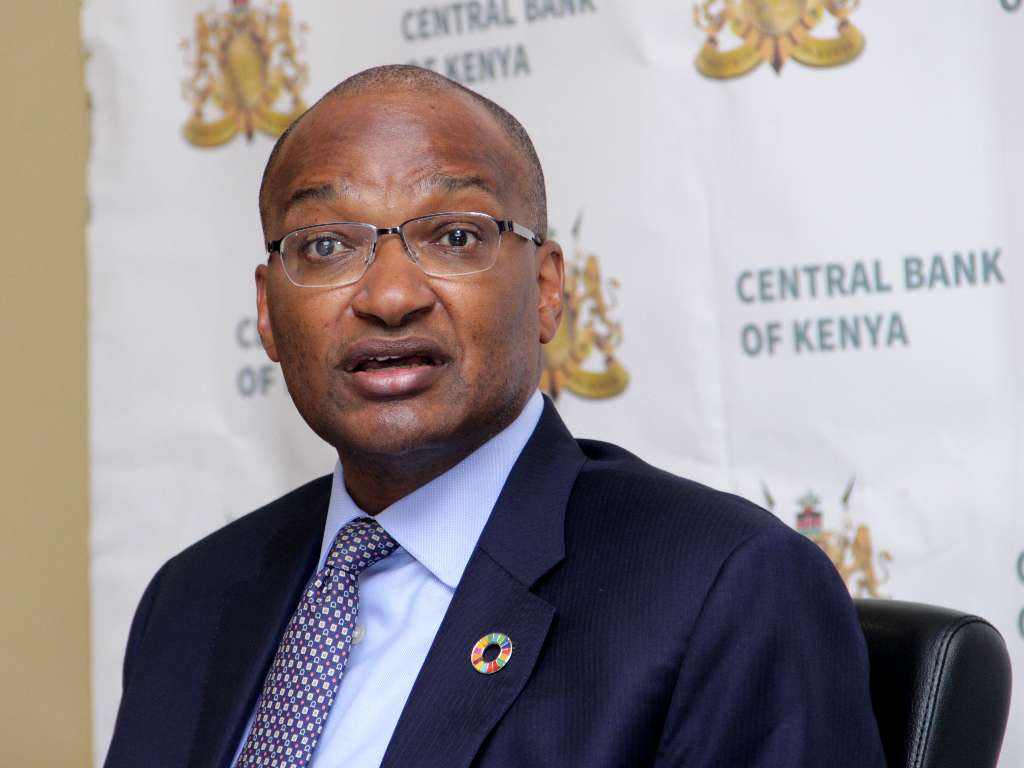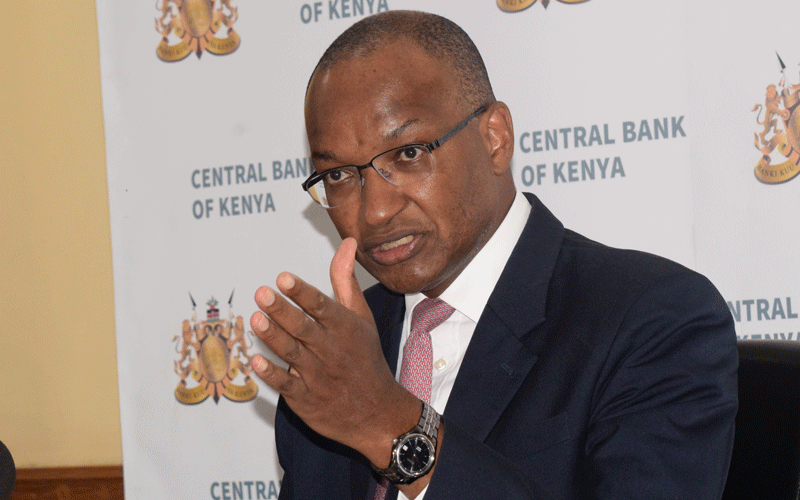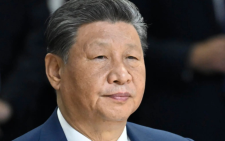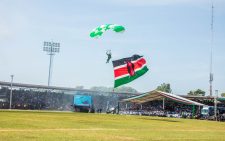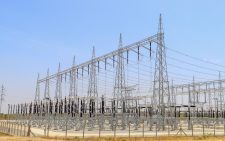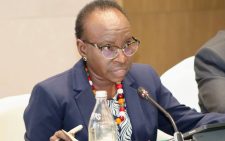Tough times ahead as CBK breaks up borrowers’ party
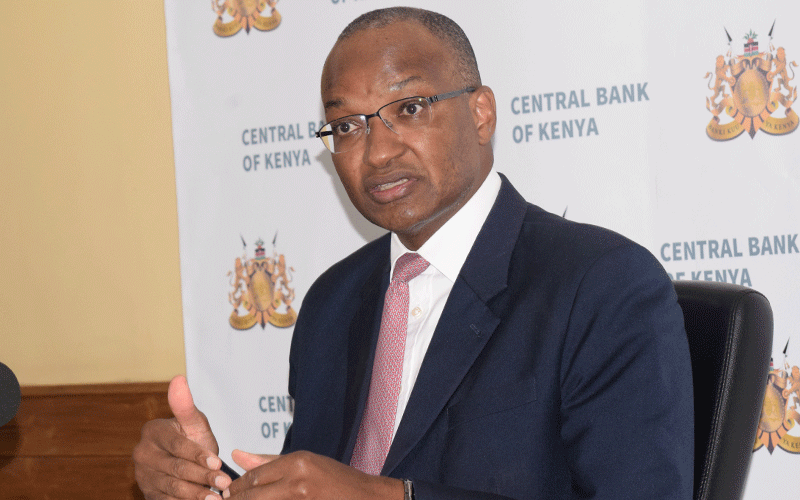
As Kenyans continued to revel in the phased re-opening of the economy, reality dawned on borrowers after Central Bank of Kenya (CBK) announced the end of relief to distressed customers.
Governor, Patrick Njoroge said ruled out another round of loans restructuring, saying starting today, customers will make own arrangements with their banks.
In March, CBK ordered banks to restructure loans for their customers, at their own cost, in a move that was aimed at offering relief to distressed customers in the face of the Covid-19 pandemic.
“From October 1, after the end of that period that we had said, the banks will begin looking at the borrowers and assessing how they are doing in terms of payments against their loans,” said Njoroge.
“The point here is to just emphasise that yes, we are going back to the normal operations the way things used to happen.
And that’s where we will be come October 1,” he added during an online post-Monetary Policy Committee (MPC) media briefing yesterday.
Rate unchanged
Njoroge elaborated on the Central Bank Rate (CBR) and commented on the economy. During the meeting the committee retained the rate unchanged at seven per cent for the fourth time in a row.
Under the CBK’s lapsing initiative, borrowers could take a take a three-month repayment holiday, lengthen the tenure of their loans, or opt to just pay the interest for a period of time depending on the bank’s assessment.
The Monetary Policy Committee revealed on Tuesday that loans amounting to Sh1.12 trillion had been restructured by the end of August in line with the emergency measures announced by CBK on March 18.
This translates to 38 per cent of the total banking sector loan book of Sh2.9 trillion.
Of the amount, Sh271 billion were personal and household loans while Sh849.9 billion were loans to other sectors.
These sectors include trade (20.7 per cent), manufacturing (20.2) per cent, real estate (18.3) per cent, and agriculture (11.1 per cent).
Also included in the emergency measures was Cash Reserve Ratio (CRR), a move that released Sh35.2 billion.
Of this amount, Sh32.4 (92 per cent) billion was used to support lending, especially to tourism, trade, transport, real estate and manufacturing sectors.
The CBK Governor praised the local banks for going out of their way to help Kenyans during the Covid-19 period noting that they were even reaching out to borrowers to restructure loans.
This, he said, signalled a positive change in the attitude of banks towards their customers over the years.
“Banks have gone on a limp to support the economy and it wasn’t just by contributions and things like that, no.
That’s not what it is and that’s not what it should be. It should be through their links with their borrowers,” he said.
“We would be talking a completely different language if bankers had the same attitude that they had, let’s say two or three years ago,” he added.
The accommodative monetary policy and the continued recovery in demand from the Covid-19 related disruptions saw the private sector credit growth stand at a resilient 8.3 per cent for the 12 months to August.
Strong growth
Strong growth in lending was observed in manufacturing (13.1 per cent), transport and communications (19 per cent), trade (8.1 per cent) and consumer durables (13.7 per cent).
However, this came at a cost to the banks which affected them in terms of profitability and financial position.
Each bank Return on Equity (ROE) has declined significantly due to the intervention, according to Njoroge.
The return on equity is a measure of the profitability of a business in relation to the equity.
